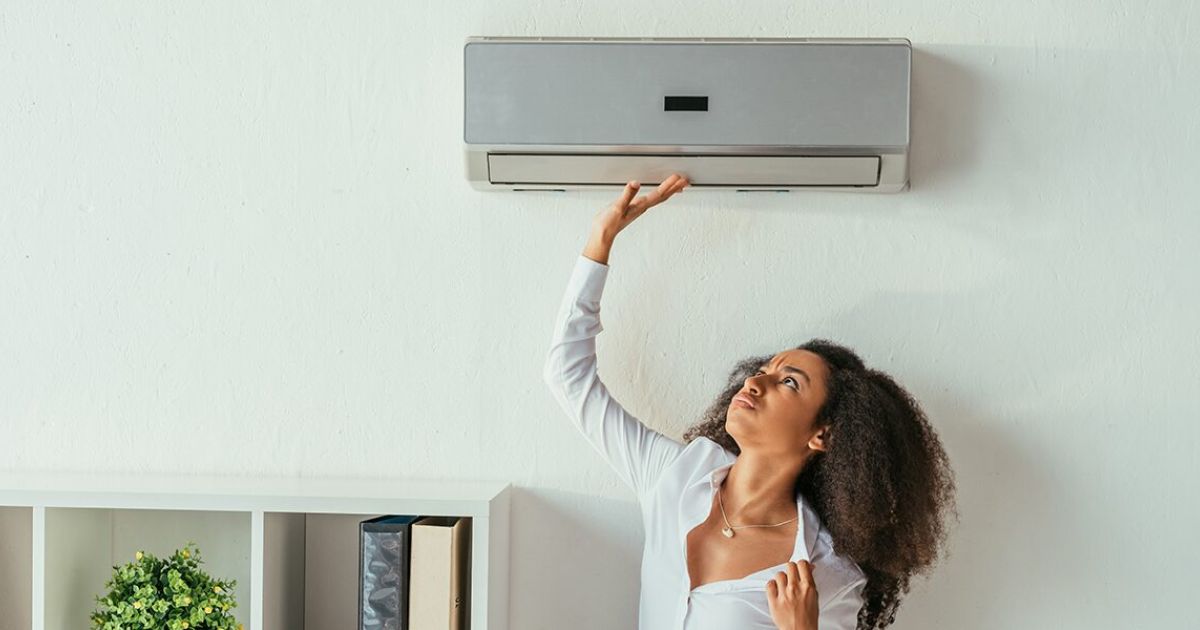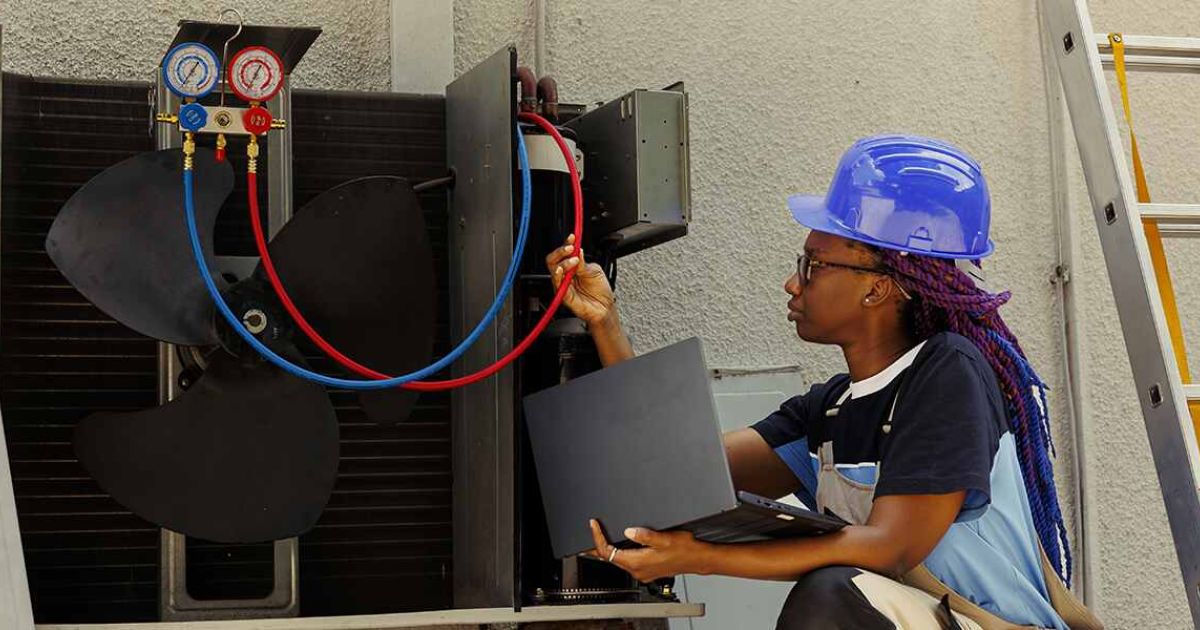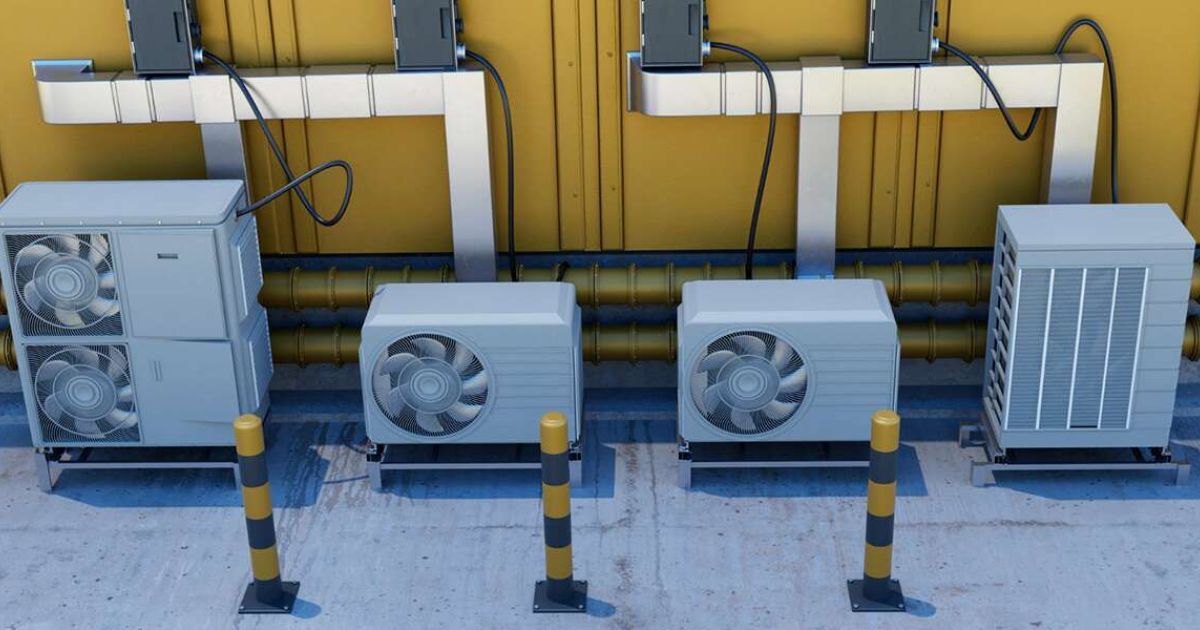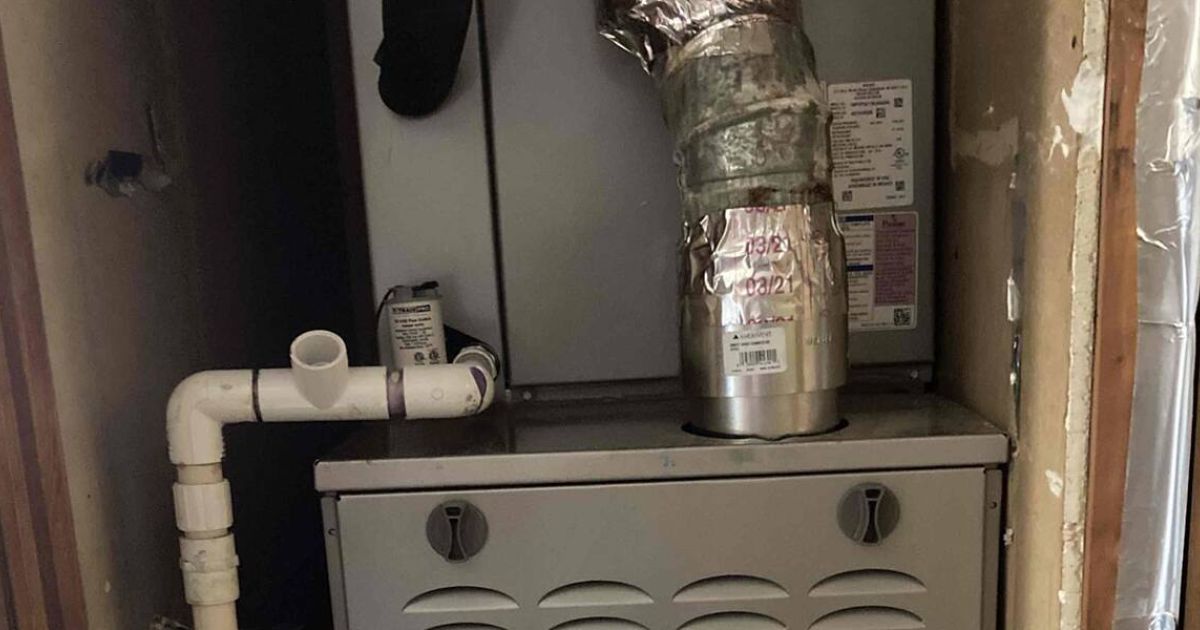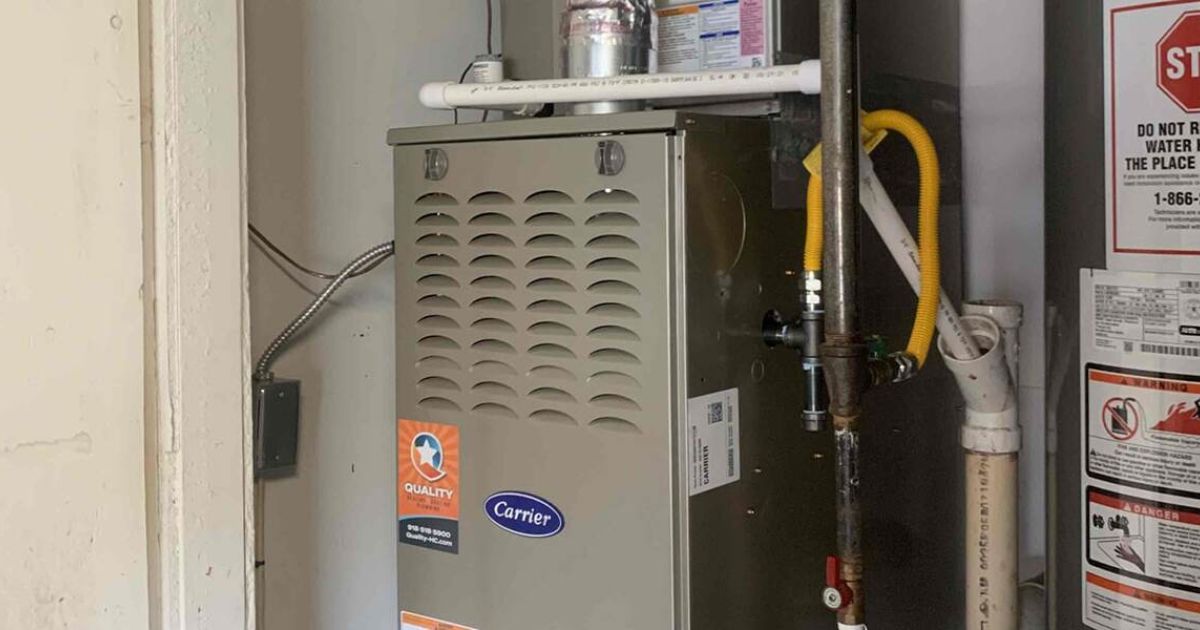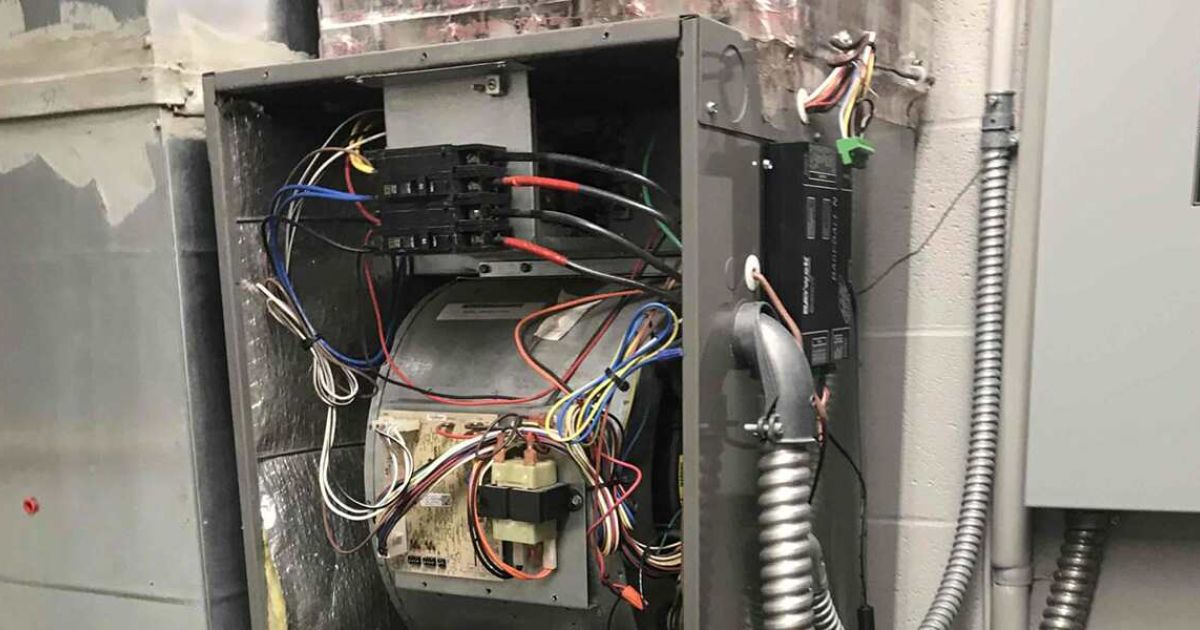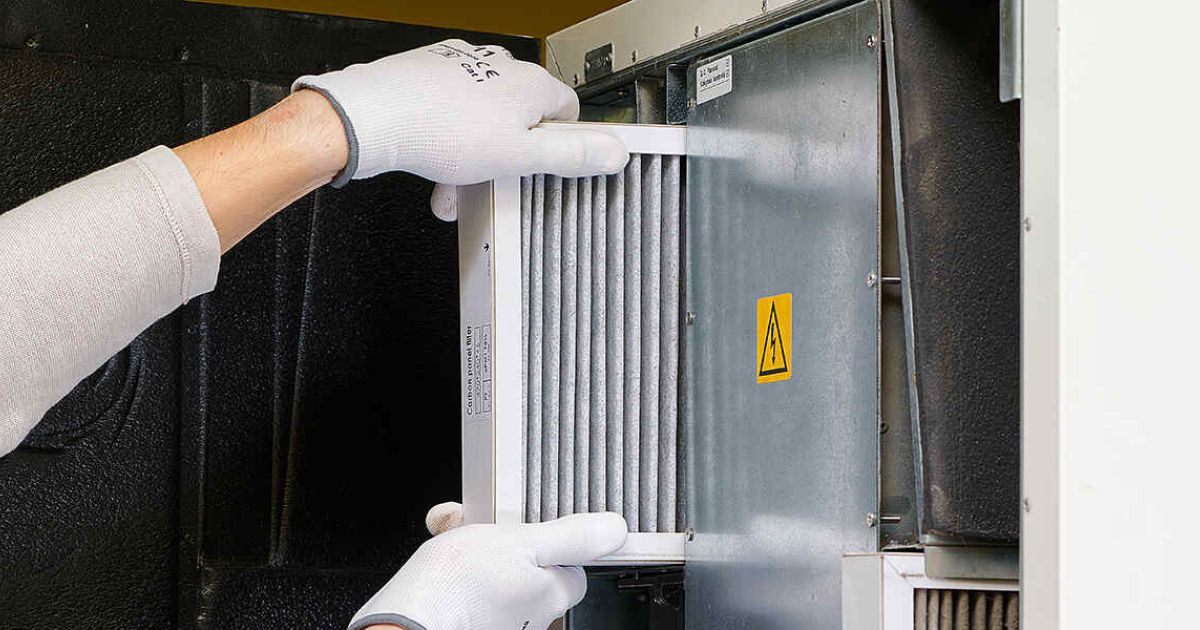
Rely on Quality Heating, Cooling & Plumbing when you need furnace repair in Tulsa. Book your appointment with us now!
If you have a gas furnace, you expect it to warm your home once temperatures drop outside. Unfortunately, bad furnace flame sensors can prevent these heating systems from delivering the warmth they’re expected to provide. A flame sensor might not seem like a major furnace component, but it can bring the combustion process to a standstill.
As a top HVAC contractor in Tulsa, Oklahoma, Quality Heating, Cooling & Plumbing has the skills and expertise to address any gas furnace problem, including flame sensor issues. Here, we explain the warning signs of a bad flame sensor so you’ll know when to call us for help.
The Purpose and Importance of a Flame Sensor in a Gas Furnace
Gas furnaces have flame sensors that resemble metal rods to ensure the unit has a burning flame within the burner assembly. The flame facilitates the fuel combustion process that generates heat. If the flame goes out, unburned natural gas or propane will seep from the furnace’s combustion chamber, creating a potentially dangerous situation for the household.
The carbon monoxide byproduct from incomplete combustion is a serious problem. The gas is colorless, odorless, and incredibly dangerous. A furnace gas leak could lead to carbon monoxide poisoning or an explosion.
The flame sensor is a safety feature that turns off the furnace if it doesn’t detect a flame strong enough to trigger and complete the combustion process. It generates a small electrical current to detect the presence of a flame as soon as the furnace’s gas valve opens. The flame sensor helps minimize the risk of a carbon monoxide leak by automatically turning off the heating unit.
Top 7 Signs of a Bad Furnace Flame Sensor
Now that you know why a flame sensor is necessary, consider these warning signs of a bad flame sensor in your furnace.
1. Flue Line Corrosion
The flue line is responsible for venting harmful gases from the furnace outdoors so nothing seeps into the house. However, if the line develops rust or corrosion, it usually means a leak somewhere in the line, resulting in inefficient carbon monoxide venting. With a flue line leak and corrosion, the furnace’s flame sensor is likely shutting down the heating system to prevent further damage.
2. High Energy Bills
Skyrocketing energy bills could mean multiple things, including issues with the flame sensor. If your energy bills are steadily increasing without an obvious cause, you should first check the air filters. If you’ve already swapped a dirty filter for a clean one or have a clean air filter in place, yet your energy bills are still increasing, the problem could be a dirty or faulty flame sensor.
When a flame sensor can’t perform its job correctly, it puts a strain on the furnace. An inefficient furnace consumes more energy to maintain the desired heat output, resulting in higher energy expenses.
3. Yellow Flames
Yellow burner flames are a clear indicator of a bad flame sensor in a furnace. When the burner flames fire up, they should be a bright blue. Yellow flames mean carbon monoxide gas is likely building up inside the furnace because of incomplete combustion. You should immediately contact a furnace professional to safely ensure the flame sensor and furnace function.
4. Furnace Short Cycling
When a furnace short cycles, it turns on for a minute or two before shutting off. Since two minutes isn’t enough to properly warm a house, this on/off cycle will occur many times as the heating unit tries to reach the temperature on the thermostat.
Several furnace problems, including a bad flame sensor, can lead to short cycling. If the sensor is dirty or malfunctioning, it might not sense the flame even if it’s present. As a result, the furnace will shut down immediately after kicking on.
5. Dirt on the Sensor
Speaking of dirt on the sensor, debris inside a furnace is a major problem. Without routine maintenance that includes inspecting and cleaning the flame sensor, the component will soon develop a layer of dirt, dust, and grime. The sensor should be clean and clear so it can properly detect flames.
6. Visible Damage on the Flame Sensor
Like any other part of a furnace, the flame sensor could sustain damage that prevents it from working correctly. For example, the exterior portion of the sensor is porcelain, which could crack over time. With a cracked casing, the flame sensor can’t accurately access the heat from the furnace’s flames, so it might think a flame is present when it’s not.
7. Age
Most flame sensors have a life expectancy of about 20 years. Before reaching the end of its lifespan, the sensor will start to malfunction from natural wear. It’s best to replace the sensor before it gets to that point.
Tips for Cleaning a Furnace Flame Sensor
The flame sensor is inside the furnace’s burner assembly near the bottom of the unit. Once you’re ready to clean your furnace’s flame sensor, turn off the heating system, unfasten the flame sensor by loosening the screw or bolts, and disconnect its wiring.
Use light-grit sandpaper to gently remove soot and debris from the metal rod. Reattach the sensor. Finally, test the sensor by turning on the furnace and letting it run.
Keep Your Furnace Flame Sensor in Great Condition With Our Help
Bad flame sensors in furnaces can cause major heating issues, but our team at Quality Heating, Cooling & Plumbing can help. As a privately owned and operated local company in Tulsa, Oklahoma, we employ a team of licensed and certified HVAC technicians who will take the time to thoroughly assess your furnace to provide the best solution to your HVAC problems.
Our crew has years of experience, and we exude professionalism in everything we do. Call (918) 393-4204 to request a heating repair from Quality Heating, Cooling & Plumbing.

Cassie Pound is the Vice President of Quality Heating, Cooling, Plumbing & Electric with locations in Tulsa, Glenpool, and Bartlesville, Oklahoma.


